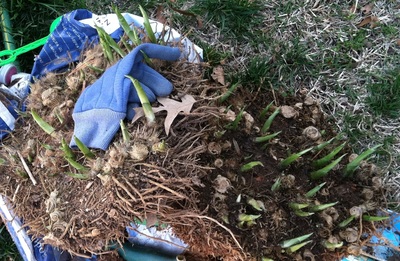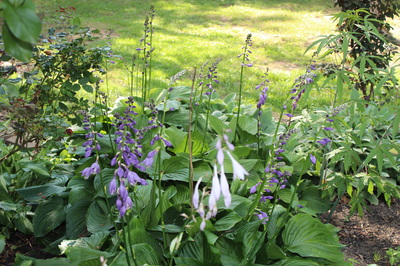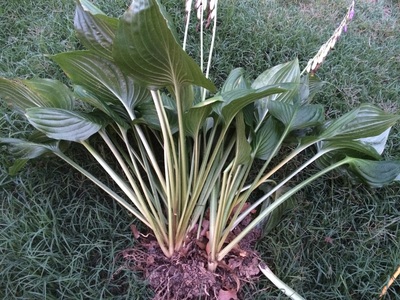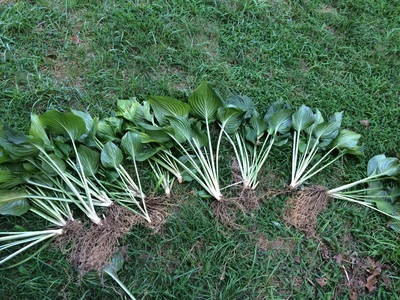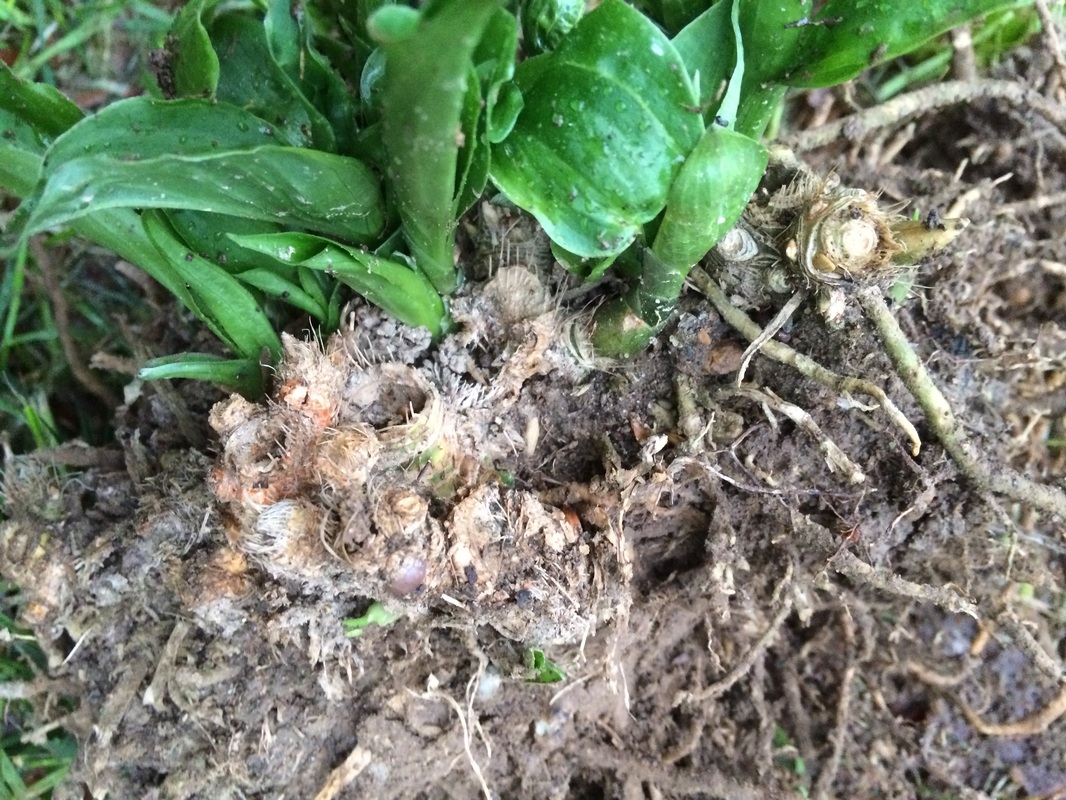Hosta Care
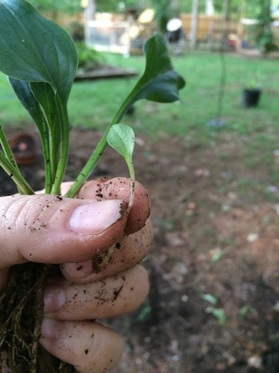
Hostas are one of the easiest thing to grow and one of my favorites. They really don't require much care at all after you choose the area in which you want to plant them. They are shade loving and the like our acidic soil (a pH level of 6.5-7.5). I should tell you that they need well drained soil and fertilize them in the Spring blah blah blah but frankly, I've a) never had a hosta die on me, b) never fertilized one in my life and c) have never been anything but awe-struck in the Spring, when the green tubes of the leaves emerge from the earth to unroll into the Beautiful Thing that is a hosta. I once left a bunch of hostas I dug up on the ground for about 18 months and they not only lived but bloomed while above ground. My TMJ disorder worsens from jaw clenching every time I hear people say they don't like them (what's not to like? Lush foliage, amazing blooms, ease of growing, added texture in your garden?) or they "have enough." There are over 2500 varieties of hostas from Mouse Ears to Elephant Ears and have an amazing spectrum of colors from the obvious green, to almost a fluorescent greenish yellow, to white to blue. I offer the Gold Drop, with tiny leaves and a plant that won't get bigger than 6" X 6". There are some that get as big as 8' X 8'. I can only handle growing a handful of varieties (including a lovely variegated unnamed variety that came from my grandmother).
Propagation
I've never grown hostas from seed but rather by splitting them in a rather simple process of digging put he clump and taking a shovel to them and chopping it. Yes, I know that sounds overly simplified but there's really nothing to it. I think the general consensus is that the plant will do best with 2-6 eyes (little nubs on the crown of the plant). Each eye will produce a plant.

